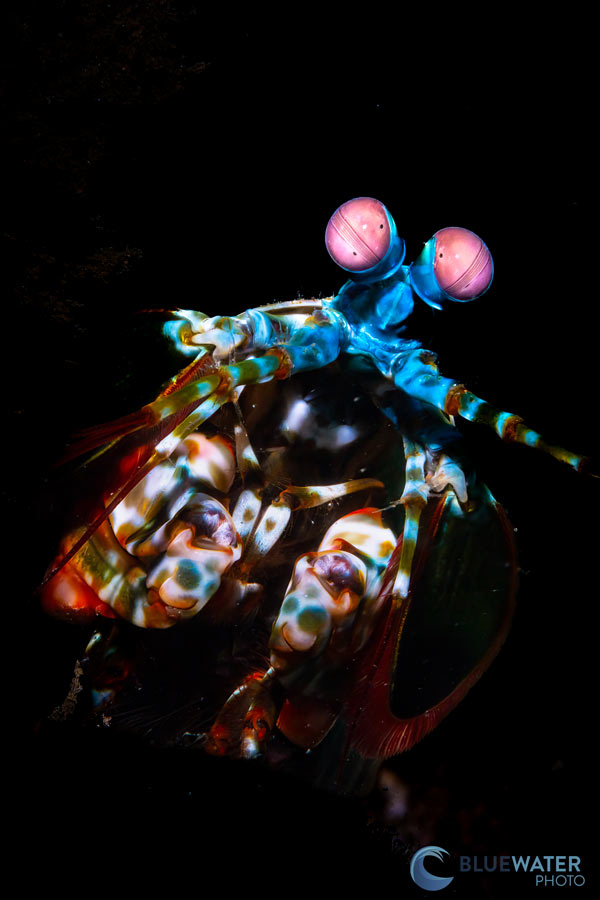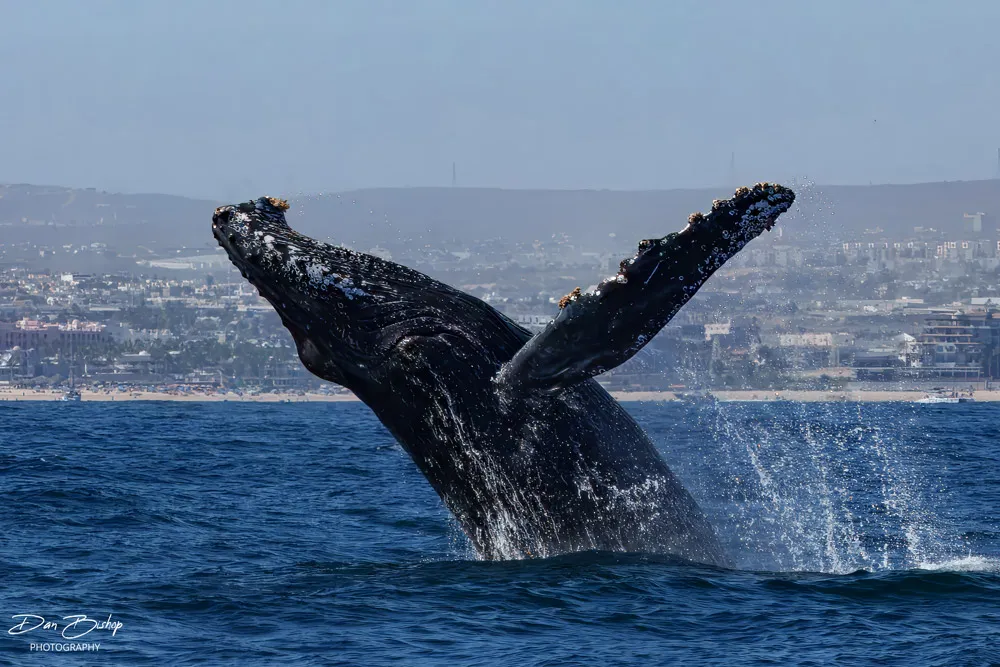Tanzania Big Game Safari Trip Report August 2023
In August 2023, Craig Dietrich led a thrilling Bluewater Photo Group safari in Tanzania. Starting from Arusha, they explored Tarangire National Park with its baobab trees and wildlife, encountered a black rhino in Ngorongoro Crater, and witnessed the majestic wildebeest migration in Serengeti, ending with a memorable leopard sighting.

Tanzania Big Game Safari Trip Report August 2023
Words and pictures by Craig Dietrich
After long plane rides and a good nights sleep at a hotel, our group left Arusha (the safari capital of Tanzania) and made our way to our first destination: Tarangire National Park. Covering 2,850 square kilometers (1,100 miles), the park is the home of the Tarangire River, which is the main source of water for the parks residents during the dry season. Tarangires landscape is dotted with majestic baobab trees, also known as the upside-down tree, which can grow as tall as 100 feet and have trunks up to 33 feet in diameter. We were lucky to see a tree-climbing python in the open! We also saw families of elephants, zebras, African cape buffalo, giraffes, and even a leopard basking in the golden afternoon sun.
After two days in Tarangire, we visited the famous Ngorongoro Crater, the largest inactive volcanic caldera in the world. The highlight was spotting a black rhinocritically endangered, with only about 6,200 left in the wild.
From Ngorongoro, we journeyed to Serengeti National Park, where we saw a pride of lions, giraffes, zebras, warthogs, and cheetahs. We also witnessed the great wildebeest migrationa breathtaking stampede across the Mara River, with the animals bravely navigating crocodile-infested waters.
Our adventure ended with sightings of the Big Five: lions, leopards, rhinos, elephants, and buffaloa perfect safari experience!
Join Our Next Tanzania Safari:

- Tanzania Big Game Safari August 2024
- Aug 6 - 16, 2024
- 10 N starting from $6,499

- Tanzania Big Game Safari August 2025
- Aug 6 - 16, 2025
- 10 N starting from $6,499
Looking For Other Options?
Find out more from our African Safari guides:
Or contact us directly at info@bluewaterdivetravel.com and we'll book your dream adventure!



















-optimized.webp)


















